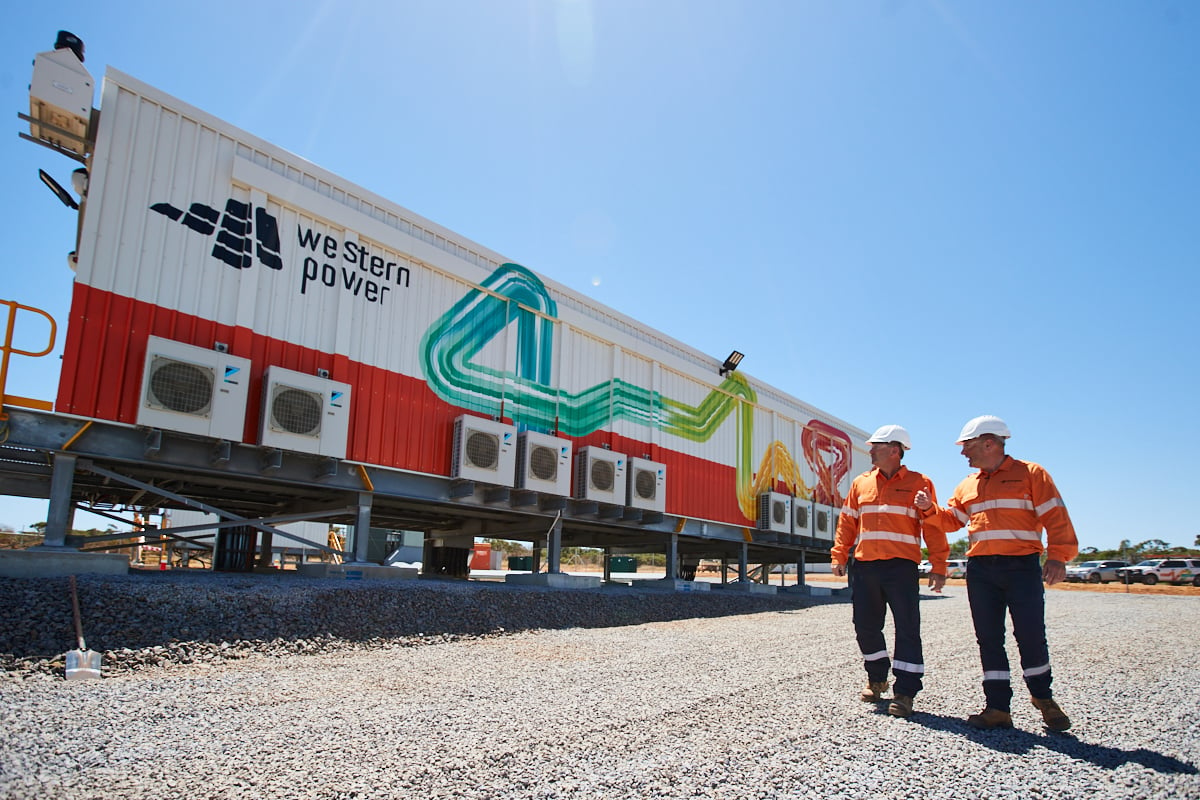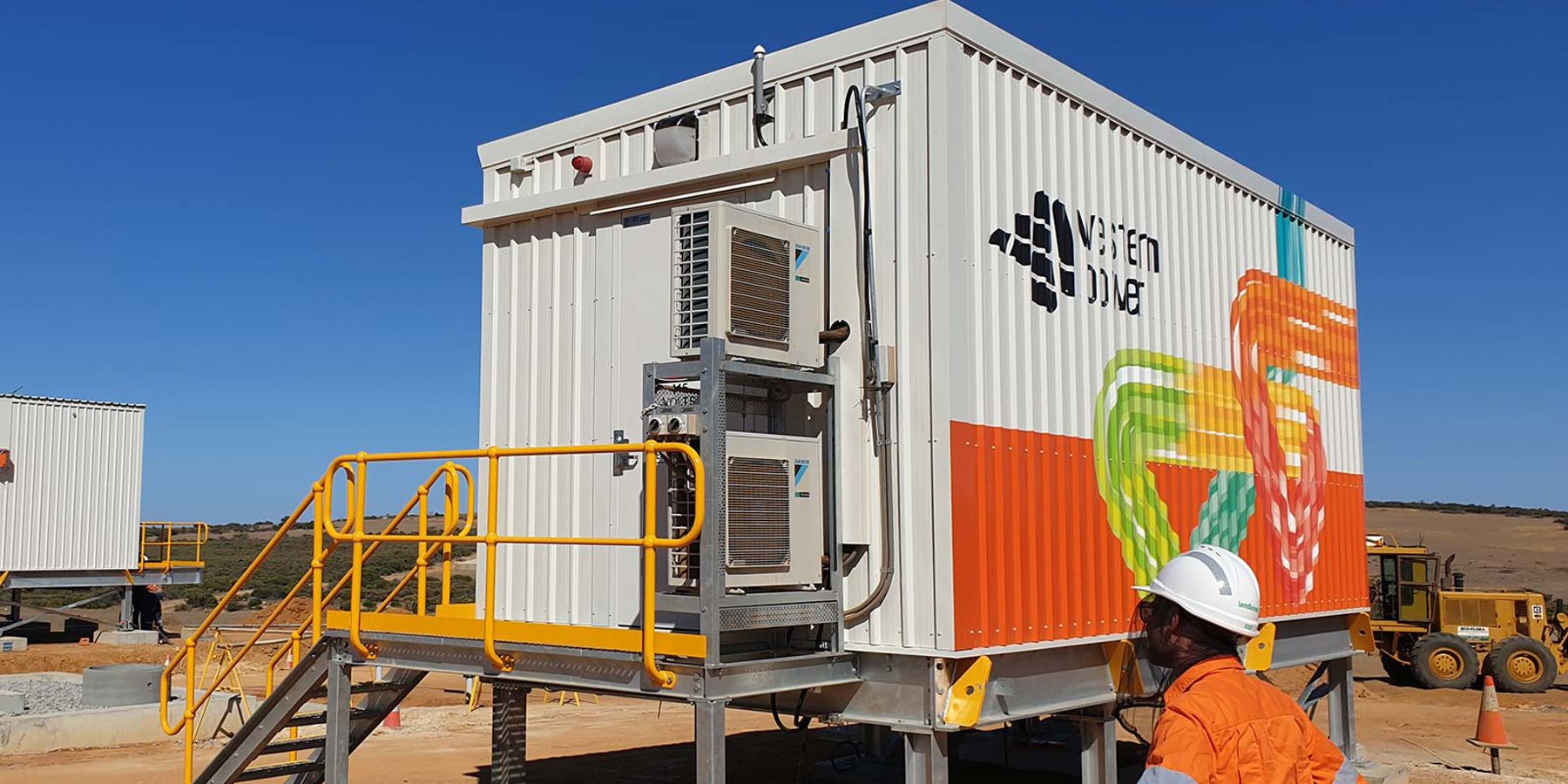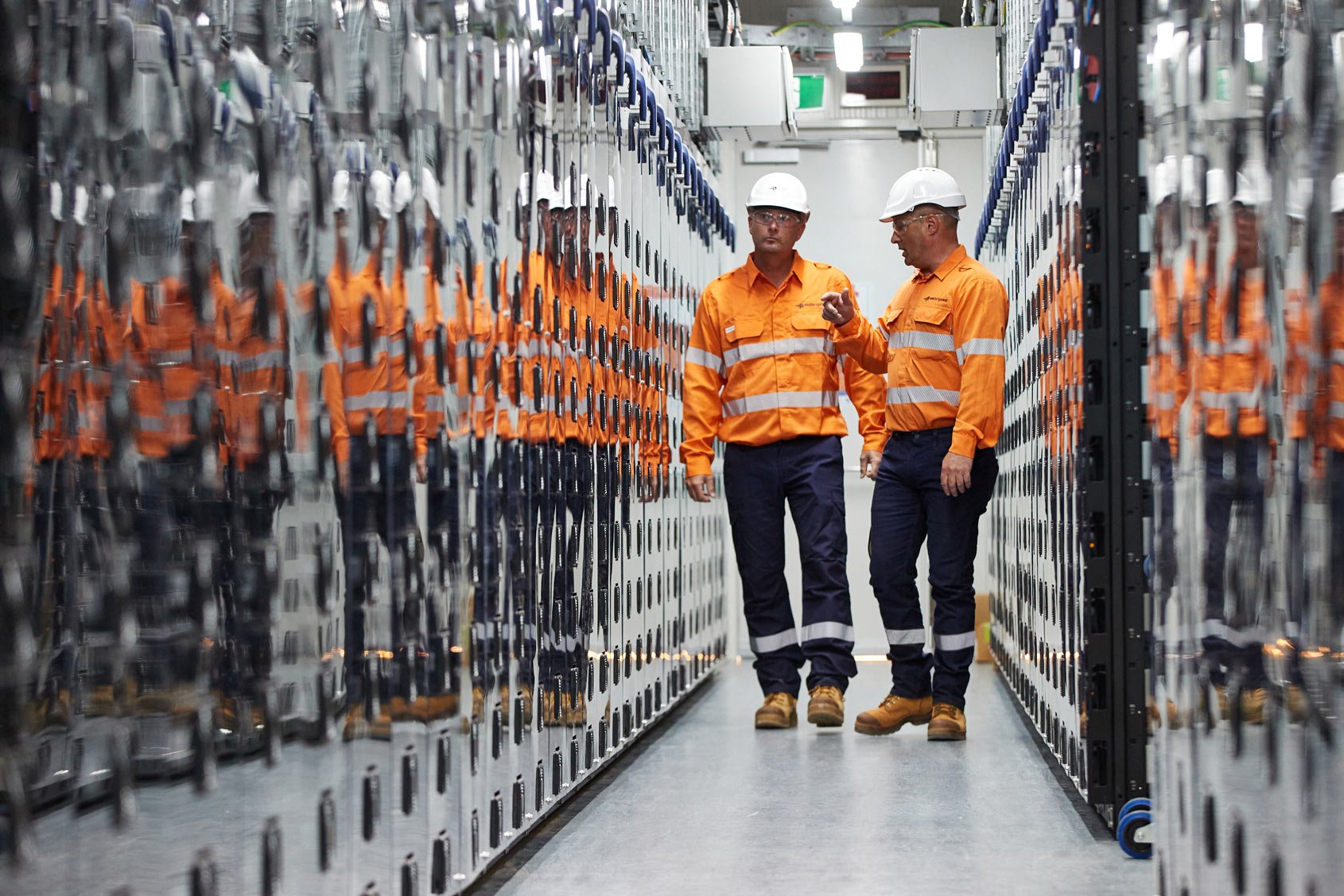
Imagine coming on holiday to WA’s beautiful Kalbarri, visiting gorges, swimming and fishing in the ocean and lapping up the warm, warm summer
Except the power has gone out, so the air conditioning isn’t working and neither is the fridge or freezer. And its 40 degrees outside.
For the 1,500 Kalbarri locals, and the 100,000 plus visitors that travel to Kalbarri every year, this power situation has been a long-standing reality.
The town already has a diverse power supply, with a local wind farm and solar panels on residential rooftops generating some, but not all, of the town’s power with its local network.
The rest of the power to Kalbarri is fed by a long 140km feeder line from Geraldton, which is where the power issues stem.
Line issues
During summer, the copper conductor and insulators on the line attract high levels of salt and dust build up.
When it rains, the combination of dust, salt and moisture reduces the effectiveness of the insulators and a phenomenon known as ‘tracking’ allows electricity to heat up wooden crossarms and fittings. This leads to faults and outages, says Derrick Quick, Western Power project manager for the Kalbarri microgrid.
“Currently the renewable power generated is not enough to supply the whole town, and the local network cannot function without the ‘heartbeat’ of the grid which keeps supply and frequency at safe levels,” says Derrick.
“If there is an issue with the main line, you end up with an outage, which often lasts four hours or more. The frequency of outages is typically higher in summer which, unfortunately for Kalbarri, coincides with the peak tourist period.
“Having outages when the town is busy and people want to run air conditioners, fridges and eftpos machines is, of course, not good for tourism.”
The solution
However, Kalbarri is about to become the poster-child for the new ways of powering up regional communities, as home to Western Australia’s largest renewable energy microgrid.
Complementing the current power supplies will be a new battery energy storage system that will turn the Kalbarri network into a microgrid.
“A microgrid is essentially a small-scale power grid and is typically made up of a mix of renewable and grid supply sources, like Kalbarri has,” says Derrick.
“It can run independently or connect to the main electricity network. During an outage the microgrid maintains supply to the community using both solar and wind, and stored energy in the battery.”
The new battery is significantly bigger than a similar battery installed in the town of Perenjori, and will be able to supply two megawatt hours of power in an outage.
Power from the wind farm will be used to keep the battery charged. When power to Kalbarri from the feeder line goes down, the battery will kick in and along with the renewable sources, supply power for a period of time while a fault is repaired.
“Given the town already has solar and wind, adding the battery as a means of storing energy and providing the ‘heartbeat’, is the last piece of the jigsaw puzzle to give the Kalbarri community better quality and more reliable power.
“While the main driver of this is to test new technology and improve reliability to the town, over the longer term we will also be looking to see if this provides any cost benefits to both the grid and the community.”
Find out more about the Kalbarri microgrid and other exciting energy projects that are happening across WA.

